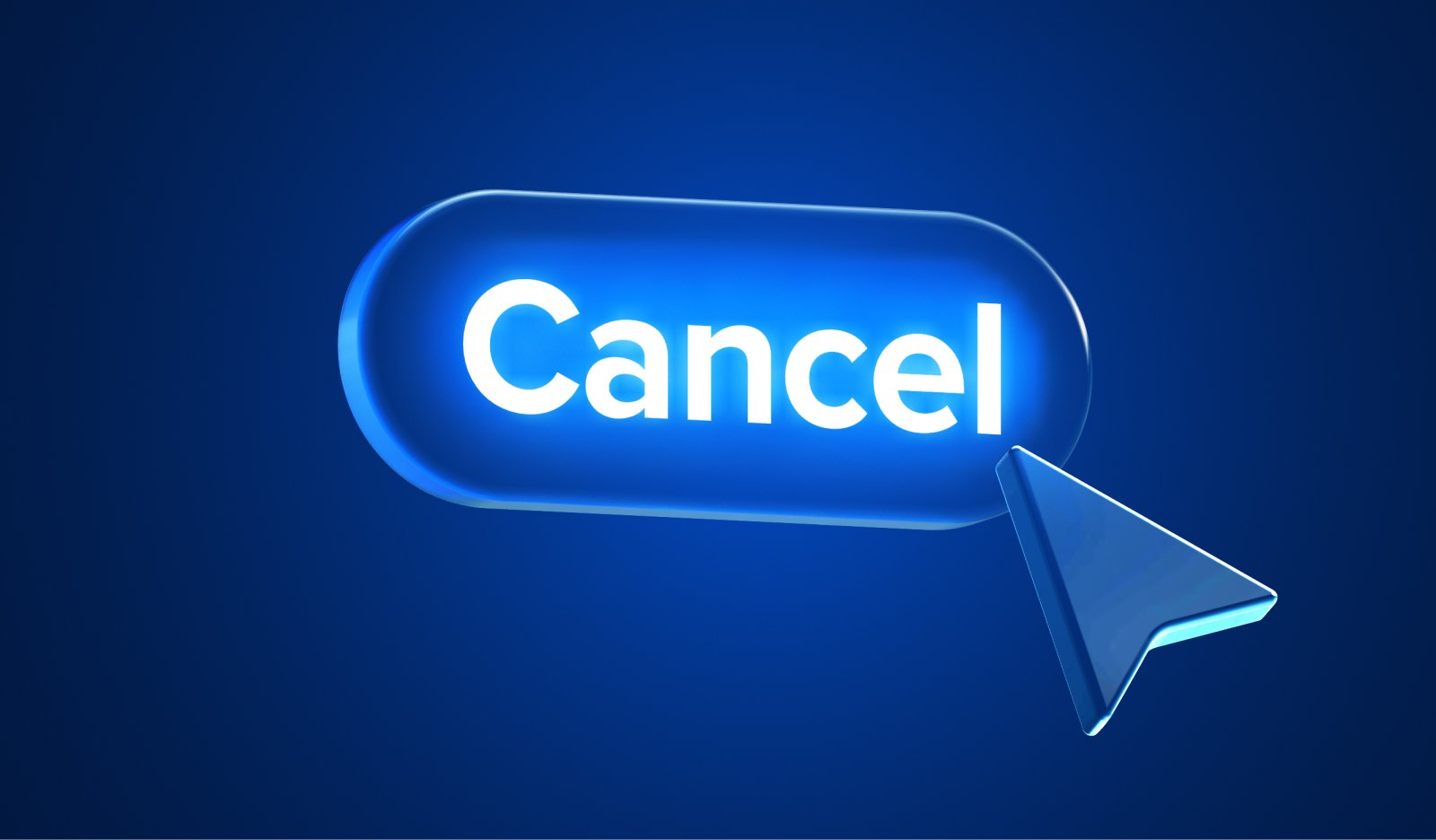Embarking on the journey of starting a water park business requires meticulous planning and execution. Whether you're a seasoned attractions operator or an aspiring entrepreneur, this in-depth guide will walk you through each critical step, ensuring a successful launch of your aquatic adventure.
Step 1: Conduct a feasibility study
Identify market demand: Research the local market to gauge the demand for a water park. Analyze demographics, trends, and competition to understand your potential audience.
- Financial projections: Develop detailed financial projections, considering initial investment, operating costs, and revenue forecasts. This will provide a clear picture of your project's financial feasibility.
- Site analysis: Evaluate potential locations based on accessibility, local population density, and climate. Consider conducting a traffic study to estimate footfall.
Step 2: Identify suitable site requirements
- Zoning and regulations: Consult with local authorities to understand zoning regulations and obtain necessary permits. Ensure your chosen site complies with safety, environmental, and health regulations.
- Space planning: Design a layout that optimizes space for water attractions, amenities, and future expansions. Consider factors such as parking, landscaping, and accessibility.
Step 3: Develop a robust business plan
- Define your vision: Clearly articulate your water park's vision, mission, and unique selling propositions. Identify your target audience and outline how your park will stand out in the market.
- Revenue streams: Detail various revenue streams, including ticket sales, concessions, and memberships. Craft marketing strategies and highlight potential collaborations with local businesses.
Step 4: Obtain necessary permits and insurance
- Regulatory compliance: Work closely with regulatory bodies to secure the required permits. This may include health permits, safety inspections, and environmental impact assessments.
- Comprehensive insurance: Invest in insurance coverage that includes liability, property, and event cancellation insurance. Consult with insurance professionals to ensure comprehensive coverage.
Read this next: How to Manage Risk at Your Attractions Venue
Step 5: Invest in quality venue management software
- Online ticketing: Implement an online water park ticketing system for seamless guest experiences and efficient admission management. But remember, not all ticketing systems, despite having similar features, operate the same. Look for one that delivers a frictionless guest experience and has been designed to increase conversions and spend per head. To learn more about how ROLLER does just that, check out our Progressive Checkout workshop.
- POS systems: Utilize Point-of-Sale (POS) systems for efficient in-park transactions, including food, merchandise, and equipment rentals. When it comes to your POS you want something that is integrated with your online ticketing systems, which will help drive operational efficiency and reduce costs. Not sure where to start? Here are nine features your POS system has to have.
- Membership management: Explore membership features in water park management software to cultivate loyalty and recurring revenue. Don’t think this is possible? Check out how ROLLER customer Elevate generated $600K in membership revenue in only four months.
Step 6: Design and build water attractions
- Collaborate with experts: Engage experienced water park designers and builders to conceptualize and construct water attractions. Ensure designs adhere to safety standards.
- Diverse attractions: Consider a mix of attractions such as wave pools, lazy rivers, and slides catering to various age groups. Balance thrill rides with family-friendly options.
Read this next: The 5 Most Popular Types of Water Slides for Your Water Park
Step 7: Implement robust safety measures
- Lifeguard training: Establish a comprehensive lifeguard training program, ensuring staff is well-equipped to handle emergencies.
- Emergency response plans: Develop detailed emergency response plans, including evacuation procedures and communication protocols.
- Equipment maintenance: Regularly inspect and maintain equipment to ensure it complies with safety standards.
Read this next: Water Park Safety Checklist for Operators
Step 8: Develop effective marketing strategies
- Social media presence: Build a strong social media presence to create awareness and engage with your audience. Leverage platforms like Instagram and TikTok for visual content.
- Influencer partnerships: Collaborate with local influencers and bloggers to amplify your reach and credibility.
- Promotions and packages: Create promotional packages to incentivize group visits, special events, and seasonal promotions. Make sure that your venue management solutions can help you drive more revenue with flexible and customizable discount codes.
Step 9: Hire and train a competent team
- Staff recruitment: Recruit experienced staff for lifeguarding, customer service, and maintenance. Emphasize interpersonal skills and a commitment to guest satisfaction.
- Training programs: Implement thorough training programs covering safety protocols, customer service standards, and operational procedures.
- Team culture: Foster a positive team culture centered around guest satisfaction and teamwork.
Read this next: Are Your Water Park's Staff Limitations Holding You Back?
Step 10: Grand opening and ongoing optimization
- Launch event: Plan a grand opening event to generate excitement. Consider partnerships with local businesses and influencers for added visibility.
- Continuous improvement: Gather feedback from guests regularly using a tool like ROLLER’s Guest Experience Score, which makes it easy to collect, analyze, and action guest insights. Use that information to make data-driven decisions for ongoing optimization. Stay abreast of industry trends and update attractions accordingly.
Starting a water park business is an ambitious yet rewarding endeavor. By following these ten steps in detail, you'll be well-equipped to navigate challenges and create a water park that not only makes a splash but becomes a lasting attraction in the hearts of your visitors.
To learn more about how ROLLER works to support operators who have established or new water parks, get in touch!
Not quite ready to dive in? That’s OK! Have a read to see how ROLLER partnered with Lost Island Waterpark to reduce staff training time by 63% and cut chargebacks by 92%.



